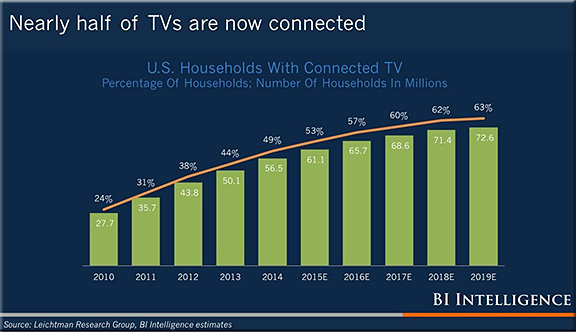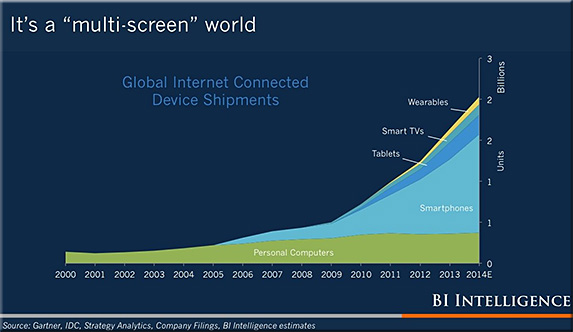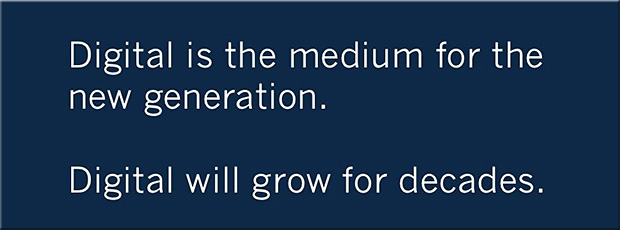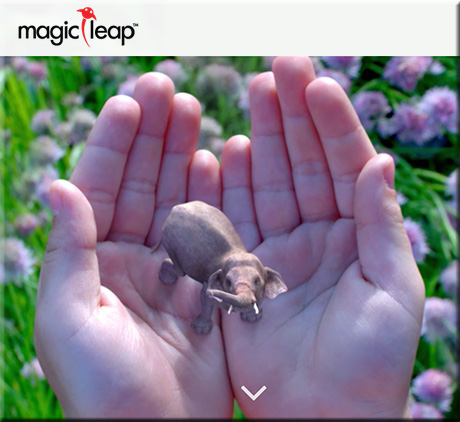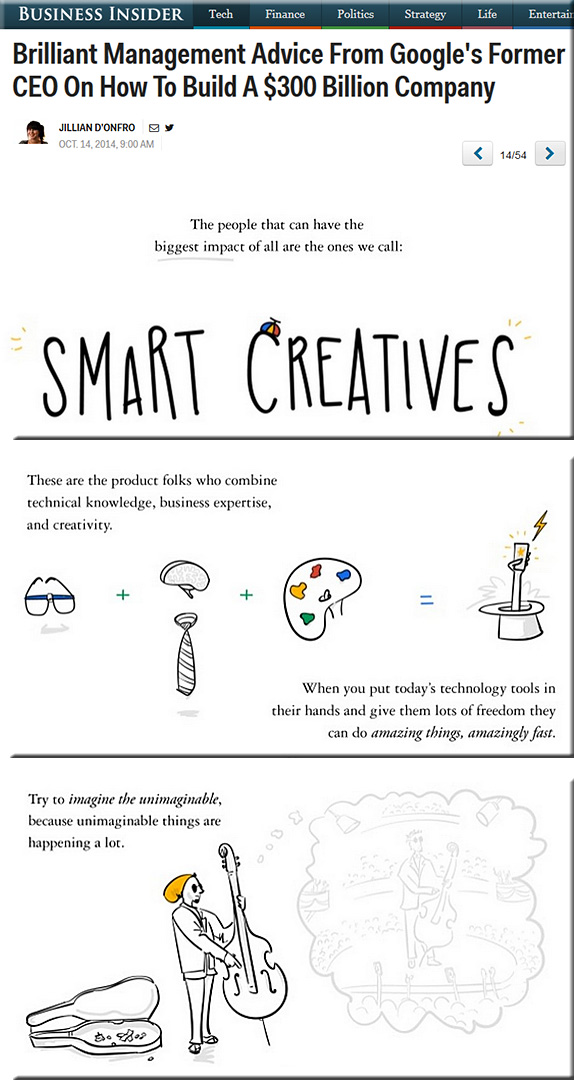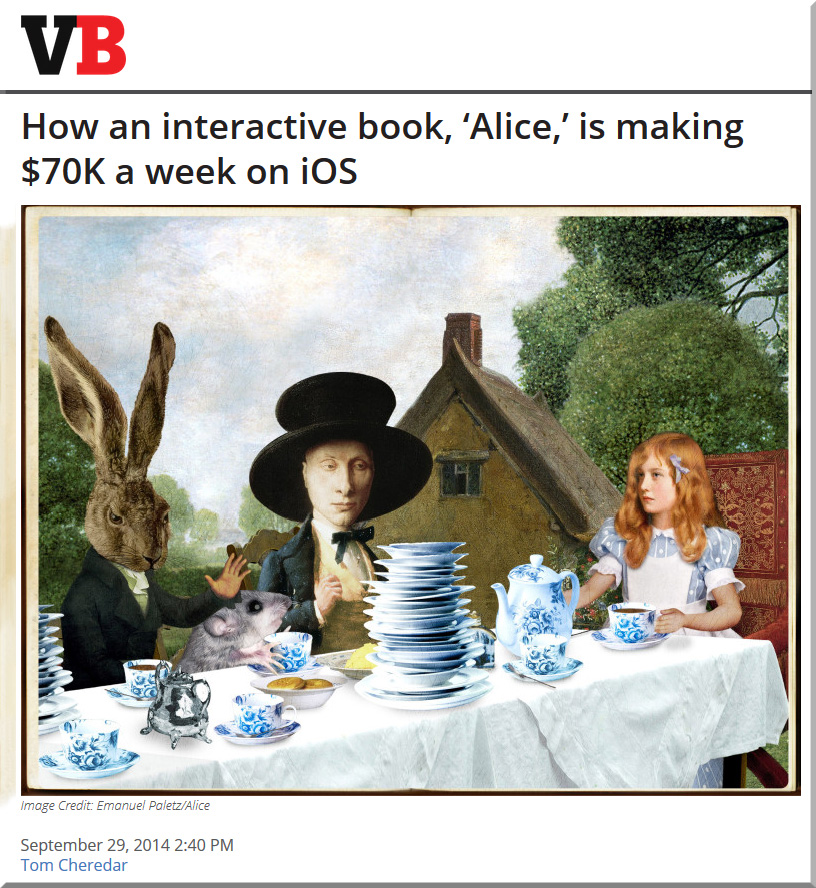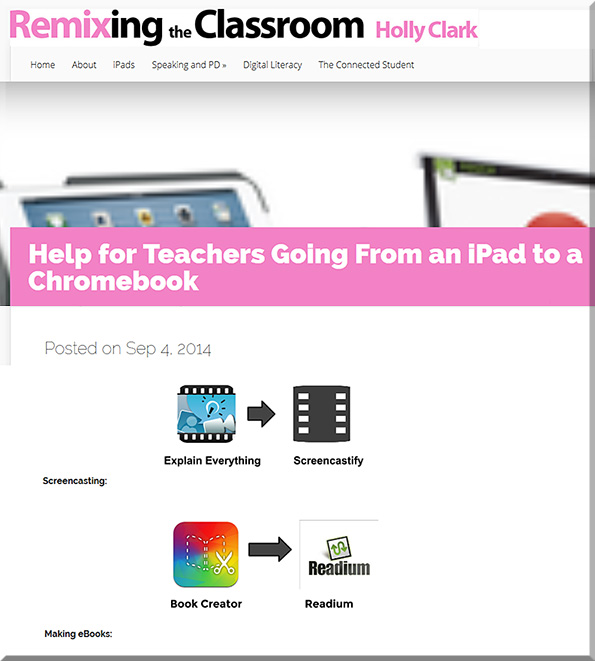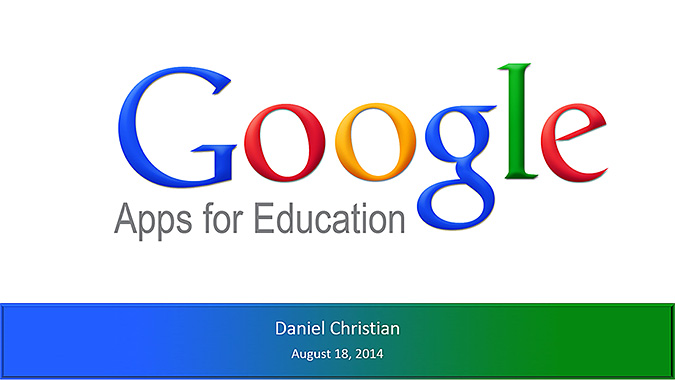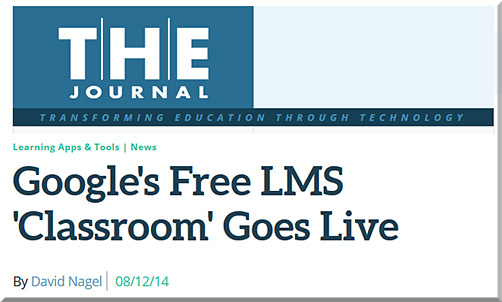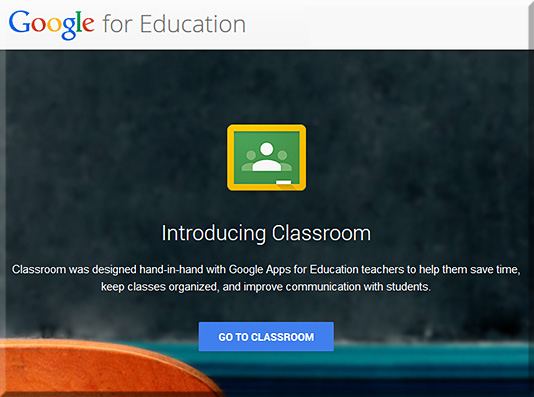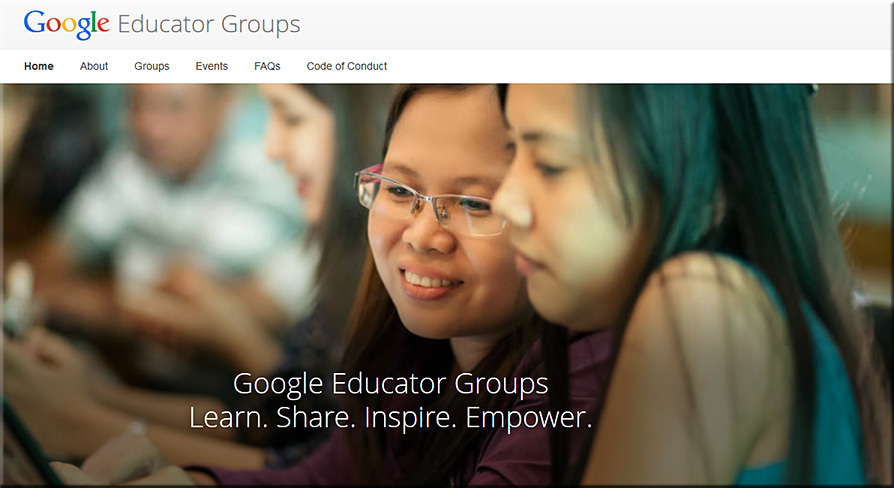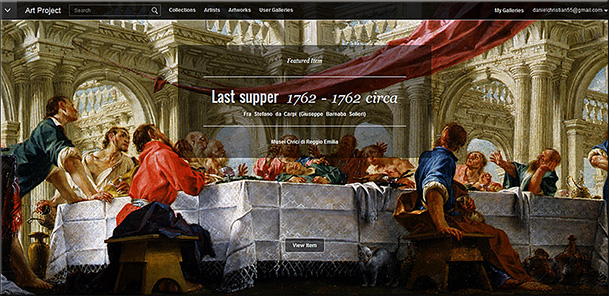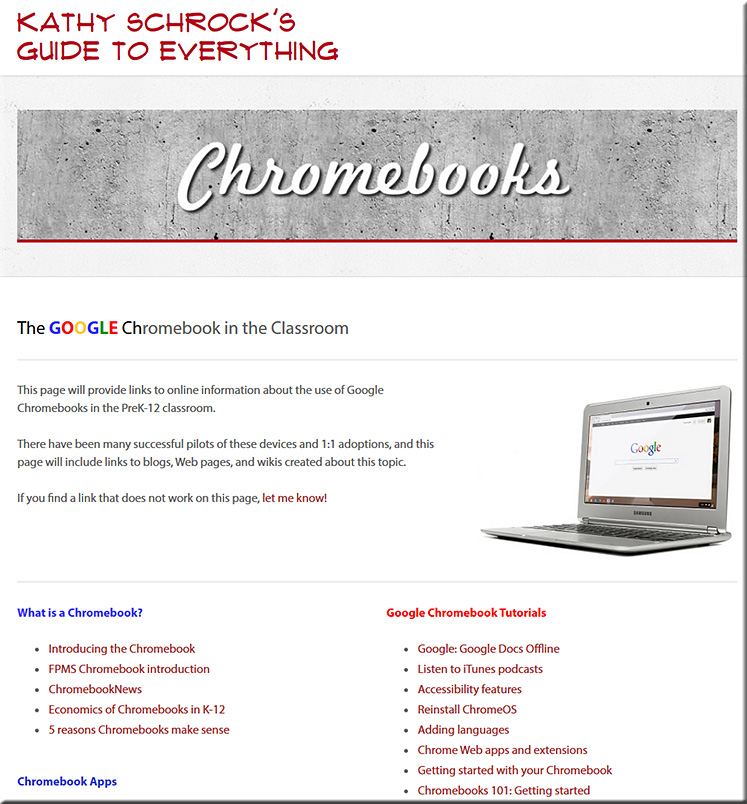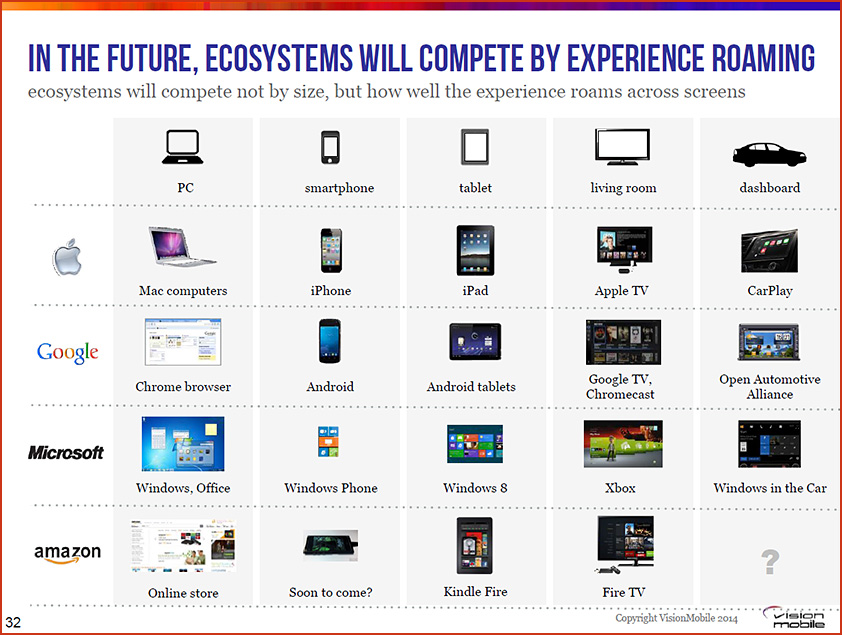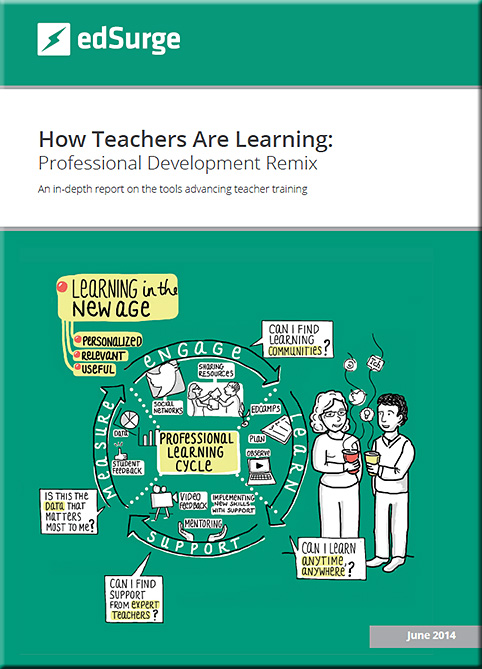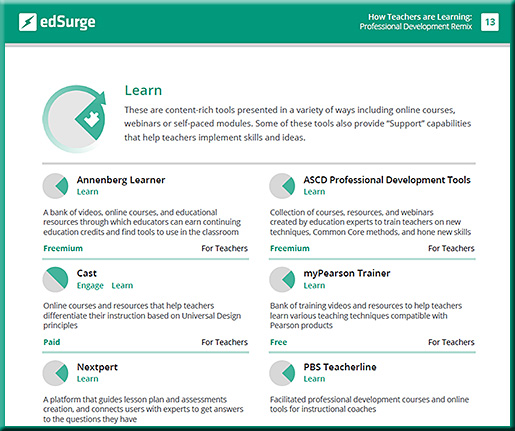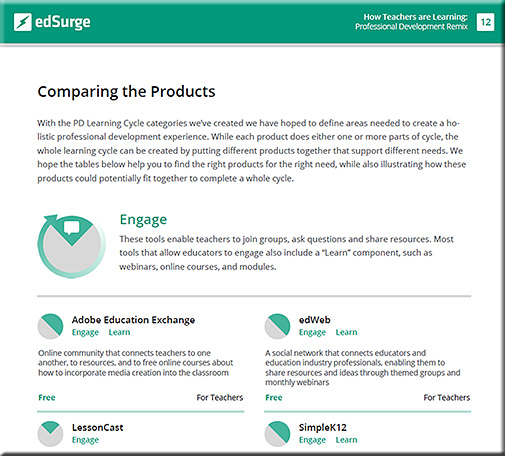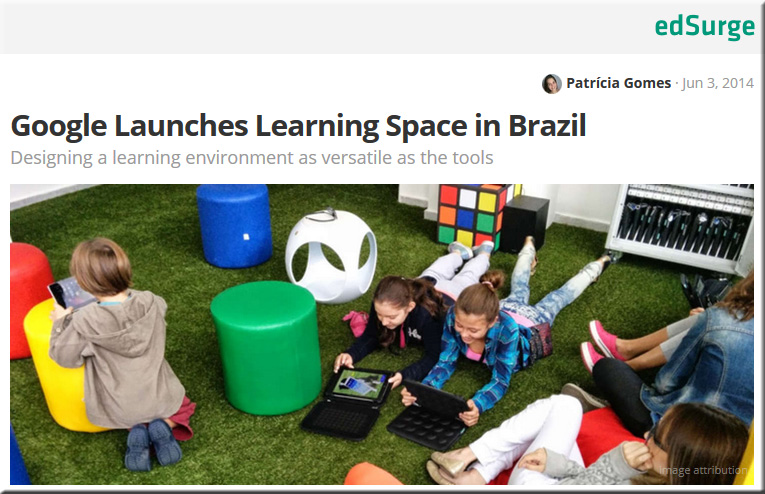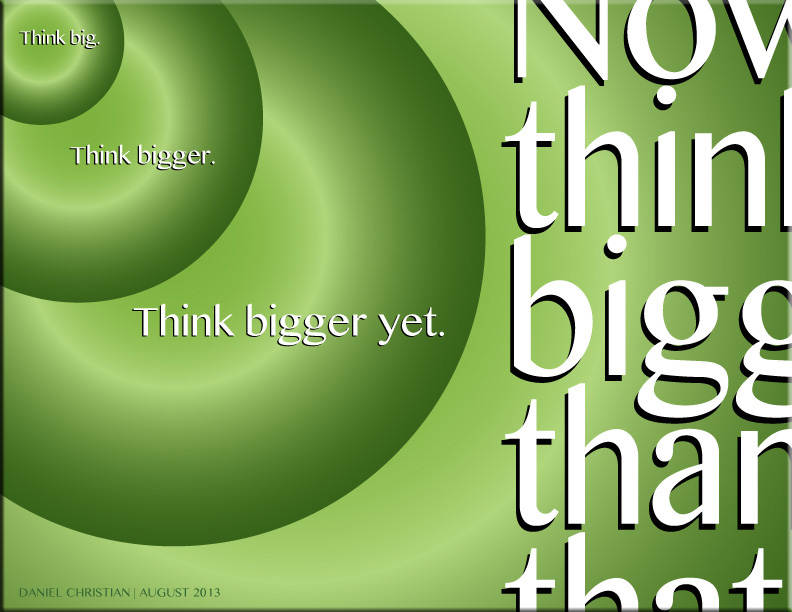YouTube’s Chief, Hitting a New ‘Play’ Button — from nytimes.com by Jonathan Mahler
Excerpt (emphasis DSC):
At one point, the moderator asked Ms. Wojcicki if she thought cable television would still be around in 10 years. She paused for a moment before answering, with a bit of a sly smile, “Maybe.” The crowd laughed, even though just about everyone in the packed auditorium knew she was only half-joking.
If cable TV is gone in a decade, Ms. Wojcicki and the global digital video empire over which she presides will be one of the main causes. YouTube, founded in 2005 as a do-it-yourself platform for video hobbyists — its original motto was “Broadcast Yourself” — now produces more hit programming than any Hollywood studio.
Smosh, a pair of 20-something lip-syncing comedians, have roughly 30 million subscribers to their various YouTube channels. PewDiePie, a 24-year-old Swede who provides humorous commentary while he plays video games, has a following of similar size. The list goes on and on. For the sake of perspective, successful network television shows like “NCIS: New Orleans” or “The Big Bang Theory” average a little more than half that in weekly viewership. The 46-year-old Ms. Wojcicki — who will soon give birth to her fifth child — has quietly become one of the most powerful media executives in the world.
![The Living [Class] Room -- by Daniel Christian -- July 2012 -- a second device used in conjunction with a Smart/Connected TV](http://danielschristian.com/learning-ecosystems/wp-content/uploads/2012/07/The-Living-Class-Room-Daniel-S-Christian-July-2012.jpg)
Also see:
- Smart TV Alliance serves 58 million TV sets — from broadbandtvnews.com by The Smart TV Alliance development platform is now compatible with one-third of the global smart TV market. App developers who use the Alliance’s common developer portal can reach 58 million smart TVs in a single, integrated process. The brands served include LG Electronics, Panasonic, TP Vision and Toshiba
- Roku-Connected Televisions And The Future Of The Smart TV Wars — from fastcompany.com by Chris Gayomali
At CES, Roku announced new partnerships that will cram its platform inside more televisions. Built-in is the new box.
.
- Netflix Launches Smart TV Seal of Approval Program — from variety.com by Todd Spangler
Sony, LG, Sharp, Vizo and makers of Roku TVs are expected to be first certified under ‘Netflix Recommended TV’ program
Excerpt:
Netflix — in a smart bid to get its brand affixed onto smart TVs — has announced the “Netflix Recommended TV” certification program under which it will give the thumbs up to Internet-connected television sets that deliver the best possible video-streaming experience for its service.
From DSC:
As you can see, BBBBBIIIIIGGGGG players are getting into this game. And there will be BBBBBIIIIIGGGGG opportunities that open up via what occurs in our living rooms. Such affordances won’t be limited to the future of entertainment only.











